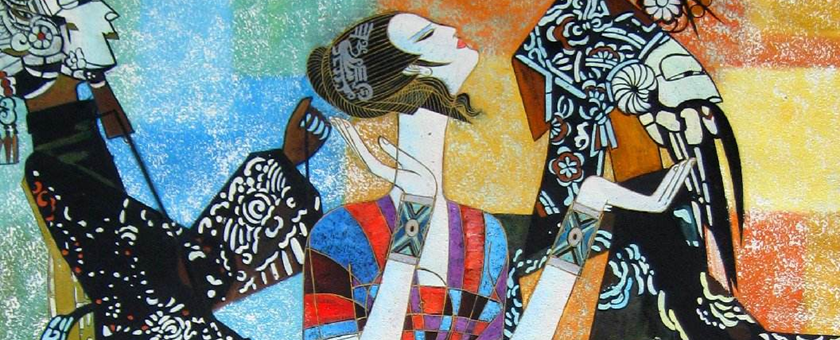- info@chinaadventure.org
- 86-18008011324
- Search
Shadow puppetry is a folk drama in China, in which players hold human figures that are made of animal hides or paperboards, and reflected on the curtain through the light, playing stories accompanied by the string and drums music with local popular tunes. It enjoys a wide popularity and has various forms owing to different local styles.
On May 20, 2006, shadow play was enlisted into the first patch of National Intangible Culture Heritage (ICH). Five years later, it was elected as Masterpieces of the Oral and Intangible Heritage of Humanity on November 27, 2011.

History of Shadow Puppetry
More than 2,000 years ago, emperor Wu’s favorite concubine died of illness. The emperor missed her so much that he lost the desire to rule. One day, a minister happened to see children playing with dolls, whose shadows were vividly reflected on the floor. Inspired by this scene, the wise minister came up with an idea. He made a puppet of a concubine and drew it. When night fell, he invited the emperor to watch the puppet show behind the curtain. The emperor was very happy and liked it from then on. The story recorded in the official history book is believed to be the origin of shadow puppetry.
During the reign of emperor Kangxi, the folk art was so popular that there were eight generous puppeteers in one prince's palace. When the Manchu rulers extended their rule throughout China, they brought puppet shows to make up for the fact that Chinese shadow puppetry could not enjoy local entertainment due to the language barrier. From 1796 to 1800, the government banned public performances of puppet shows to prevent the spread of peasant uprisings. It wasn't until 1821 that shadow puppetry found some life.

Genre
Shadow puppetry is widely popular in China. In the long-term development process, different schools have gradually formed in different places. Such as Sichuan, Hubei, Hunan, Beijing, Tangshan, Shandong, Shanxi, Qinghai, Ningxia, Shaanxi and other places of shadow puppetry. The musical styles and rhythms of each region retain the essence of local operas, folk songs and musical systems. Thus, formed Mianyang, Tangshan, Xiaoyi, Fuzhou, Haining, Lufeng and other areas of the shadow puppetry art schools.

Performance
“Píyǐng” is the general name of shadow play. And it is a kind of drama in which audiences watch performances of planar silhouettes of human figures projected onto a white screen. The planar silhouettes and other objects are leather goods hand made by folk artists, which is the reason for the name of “Píyǐng”. In the past, shadow play was one of the most popular entertainment activities before the birth of movies and televisions.

Role of Shadow Puppetry
Similarly, the roles of shadow puppetry are also divided into five categories, namely Sheng, Dan, Jing, Mo and Chou. The difference is that each "player" consists of 11 parts, including the head, two body parts, two legs, two upper and lower arms, and two hands. The "player" can control the bar and line, and the performer can draw a variety of vivid movements. Shadow puppetry requires great acting skills. In addition to controlling three or four "musicians" at the same time, the performers have to keep up with the rhythm and music, as well as pay attention to the dialogue and singing. Therefore, it is not easy to train a mature shadow puppeteer.

Status of Shadow Puppets
With the rapid development of modern economy in urban and rural areas, coupled with the growing influence of film and television culture, traditional shadow puppetry is almost precipitated in the whole country, except for a few regions such as Gansu, Shaanxi and Liaoning. Only about 200 shadow puppet troupes exist today, compared with more than 1,000 nationwide in the 1980s.

we’ll reply you in 24 hours!
Copyright © 2012-2024 All Rights Reserved to chinaadventure.org